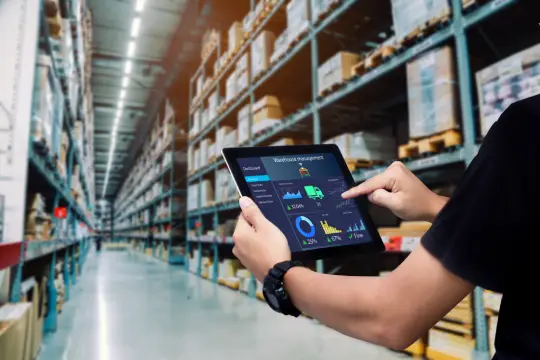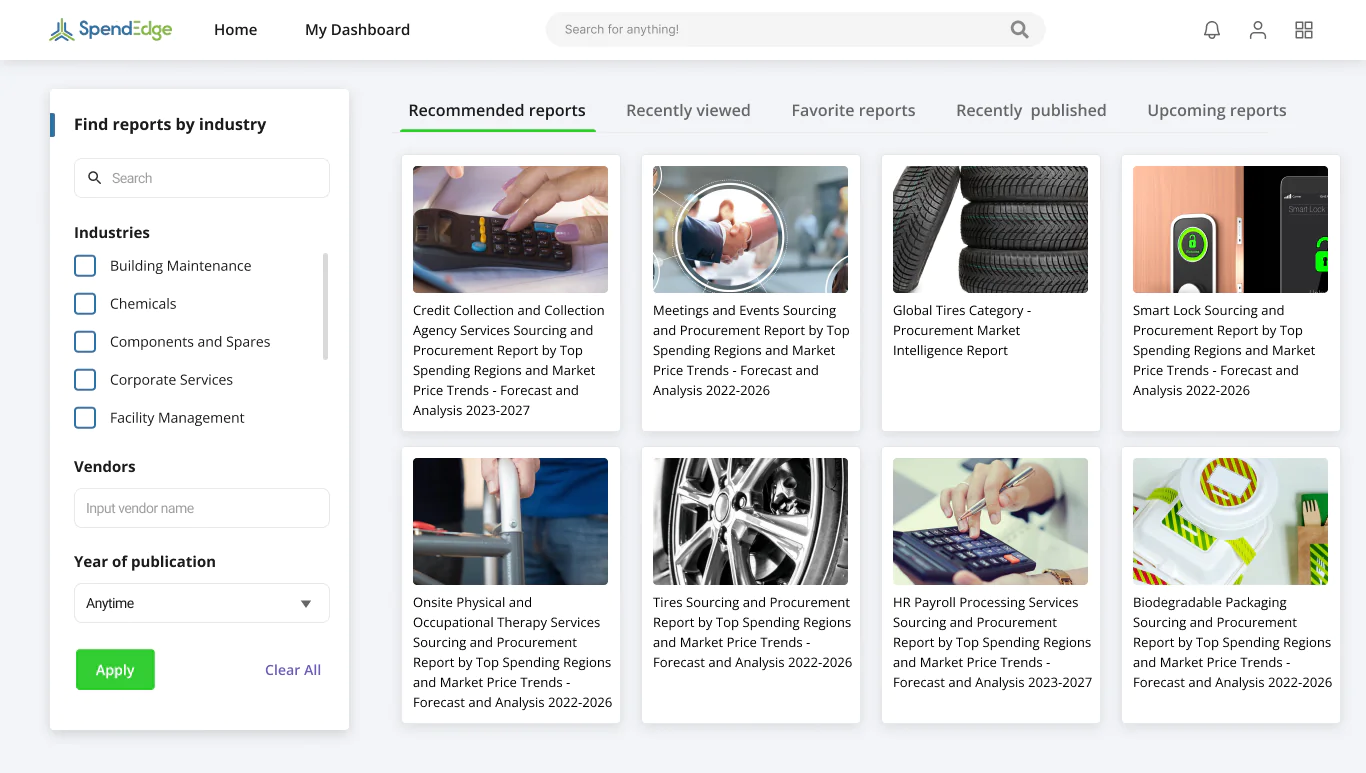
Ensuring adherence to the ESG framework is a priority as miners come under high pressure to decarbonize their operations.

Geopolitical issues can impact the demand and supply of raw materials, thereby adding to the company’s cost.

Inclusion of disruptive technologies in their overall portfolio will enable companies to improve operational efficiency and performance.
With decarbonization being the top concern for miners, equipment manufacturers should look for sustainable procurement.
While recycling is the way to go for ferrous and non-ferrous metals, sorting supply chain bottlenecks is key to business success.
To overcome geopolitical risks that are gaining prominence in the current environment, we offer solutions to smoothen supply chains and improve availability.
Sustainable procurement is the way to go in this industry, and we offer the best solutions that meet your requirements.
Talk to Our Expert
The textile industry is at a pivotal moment. Traditionally defined by intense competition and rapid product cycles, today’s textile companies must navigate a more complex environment — one that prioritizes speed, sustainability, and strategic decision-making. As businesses pivot toward more customer-centric models, textile procurement has emerged as a key differentiator...
Read More to see the spendedge blogsGathering data on your supplier’s capability to deliver high-quality products is just not enough. More open communication will ensure suppliers not only deliver with quality but also ahead of schedule.

Mismatches between your needs and what your supplier delivers could weaken business performance. By collaborating intensely with suppliers, you can ensure your penchant for KPIs grows on them as well.